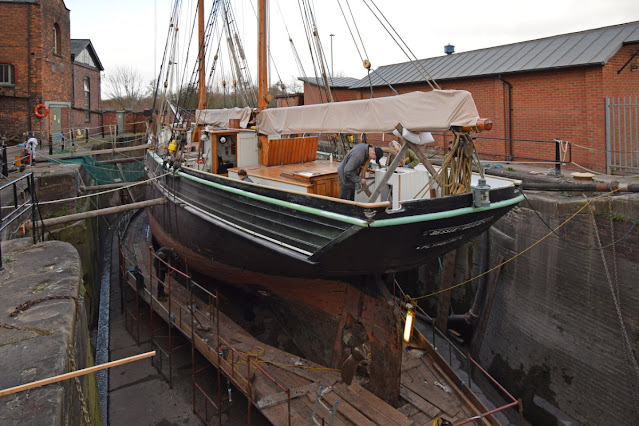Lydney Harbour is the name given to the lock and canal that connected the town and railway at Lydney with the River Severn. It is an early C19 undertaking that was built to ship coal and iron out of the Forest of Dean. Access to the Severn was possible only within half an hour of high tide. The historic harbour area is currently undergoing restoration as a tourist attraction. My photograph shows the old canal nearest the lock that is now a marina for yachts and launches. They are still able to use the lock to get out to the River Severn and the sea beyond the estuary.
photo © T. Boughen Camera: Nikon Z 5
















